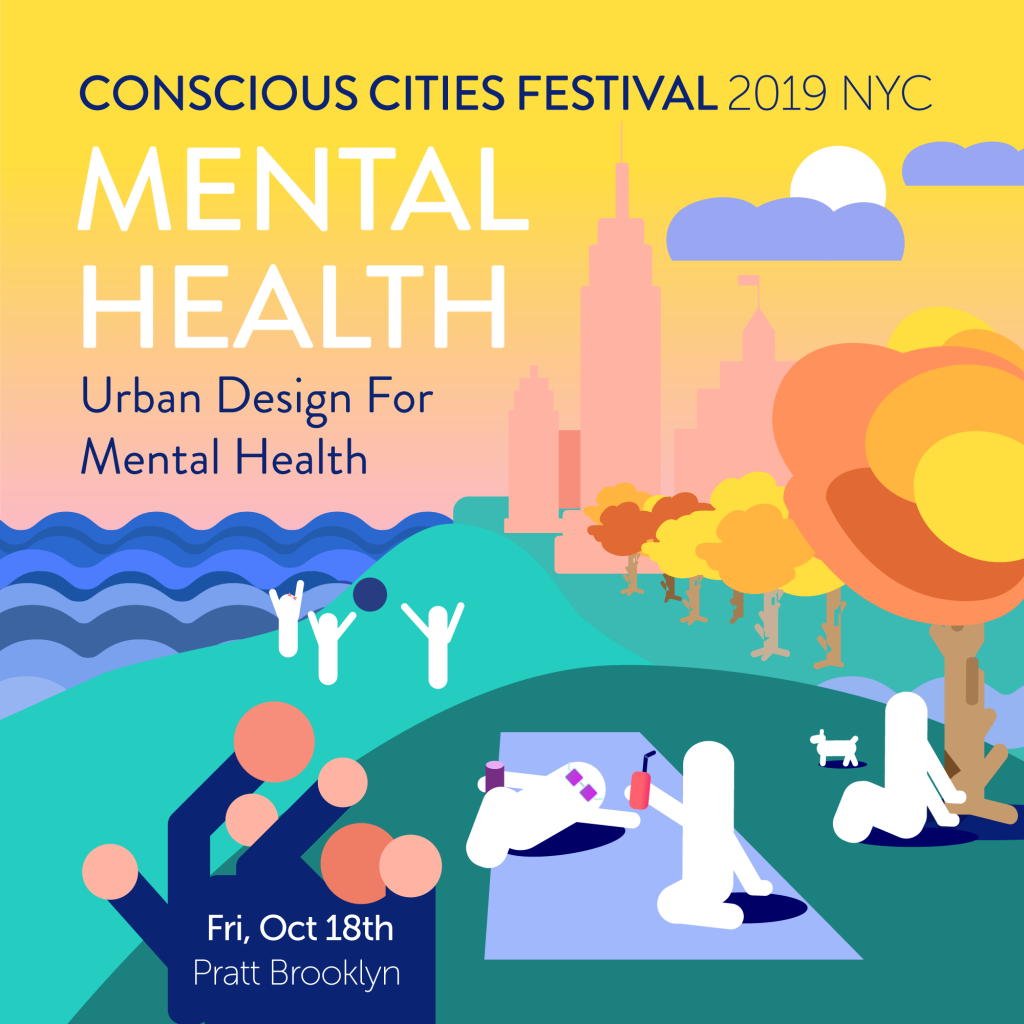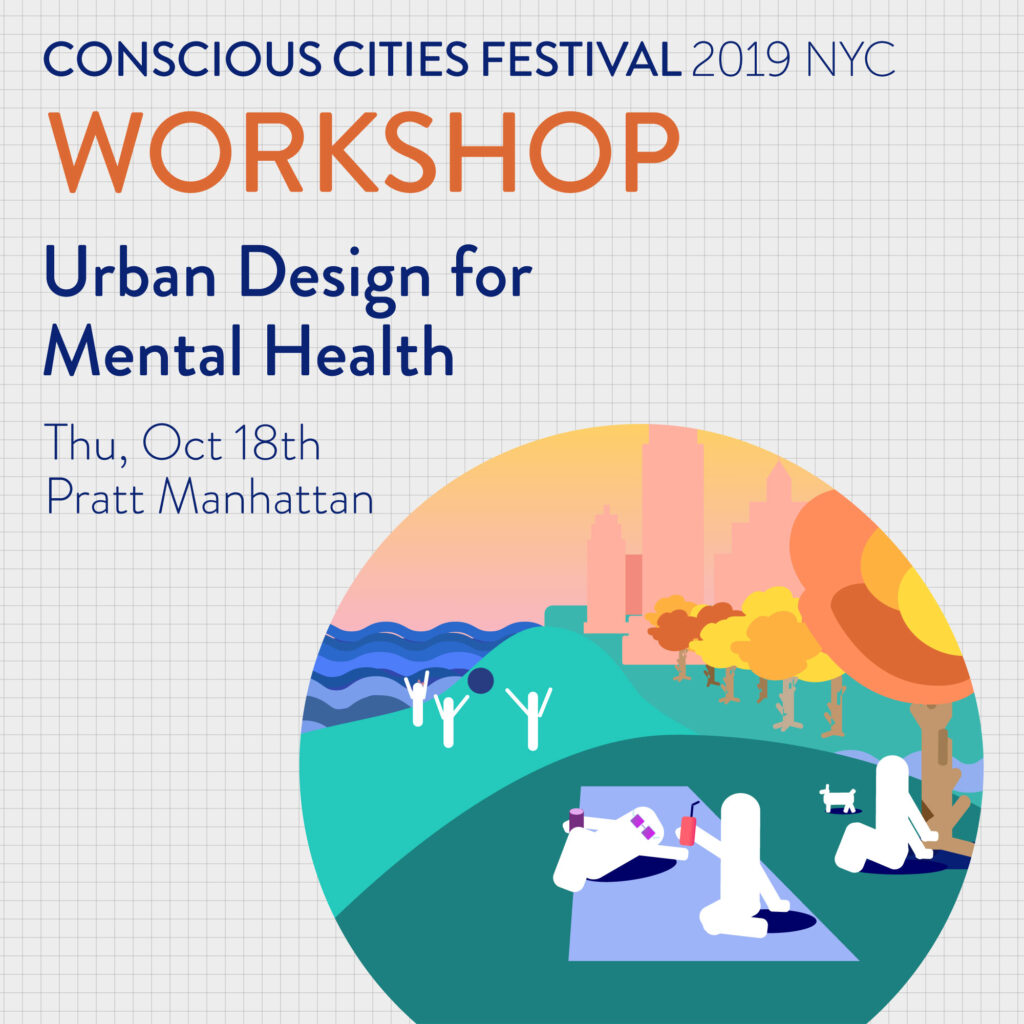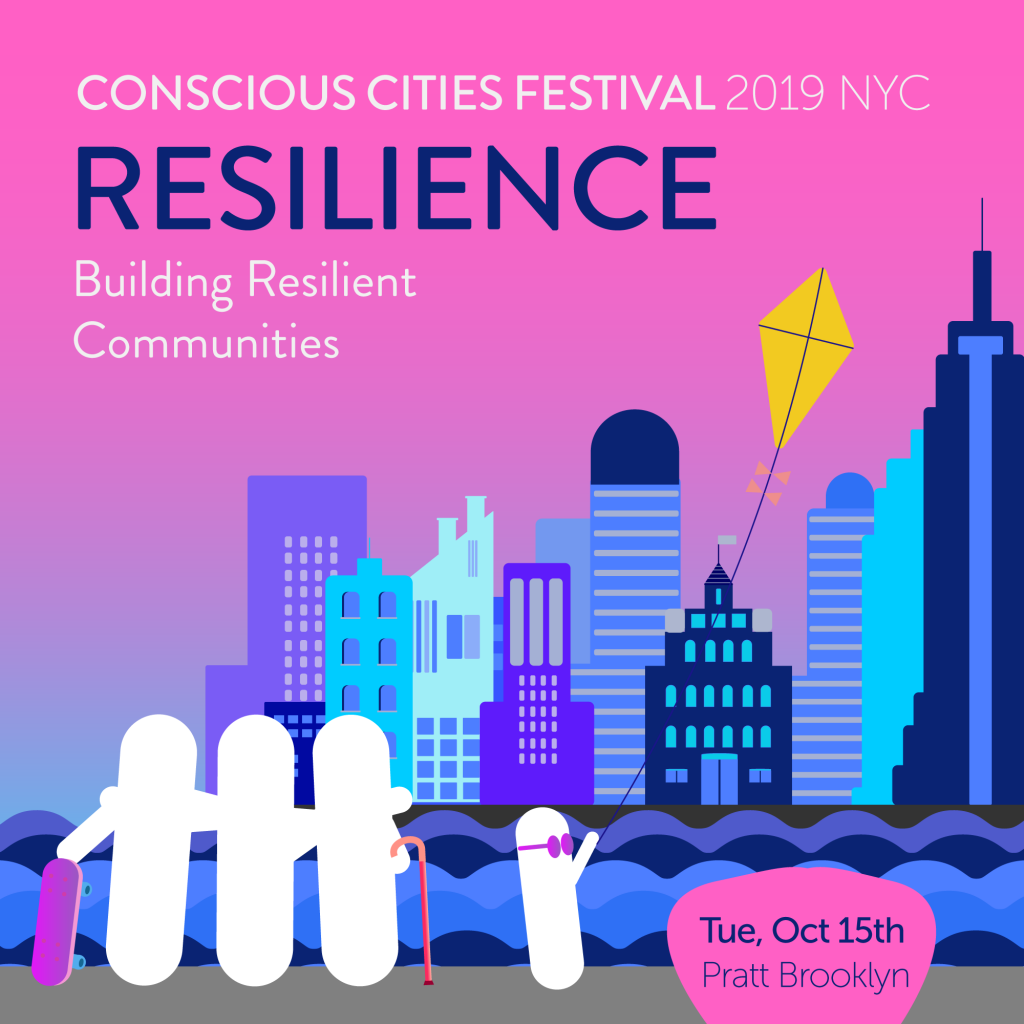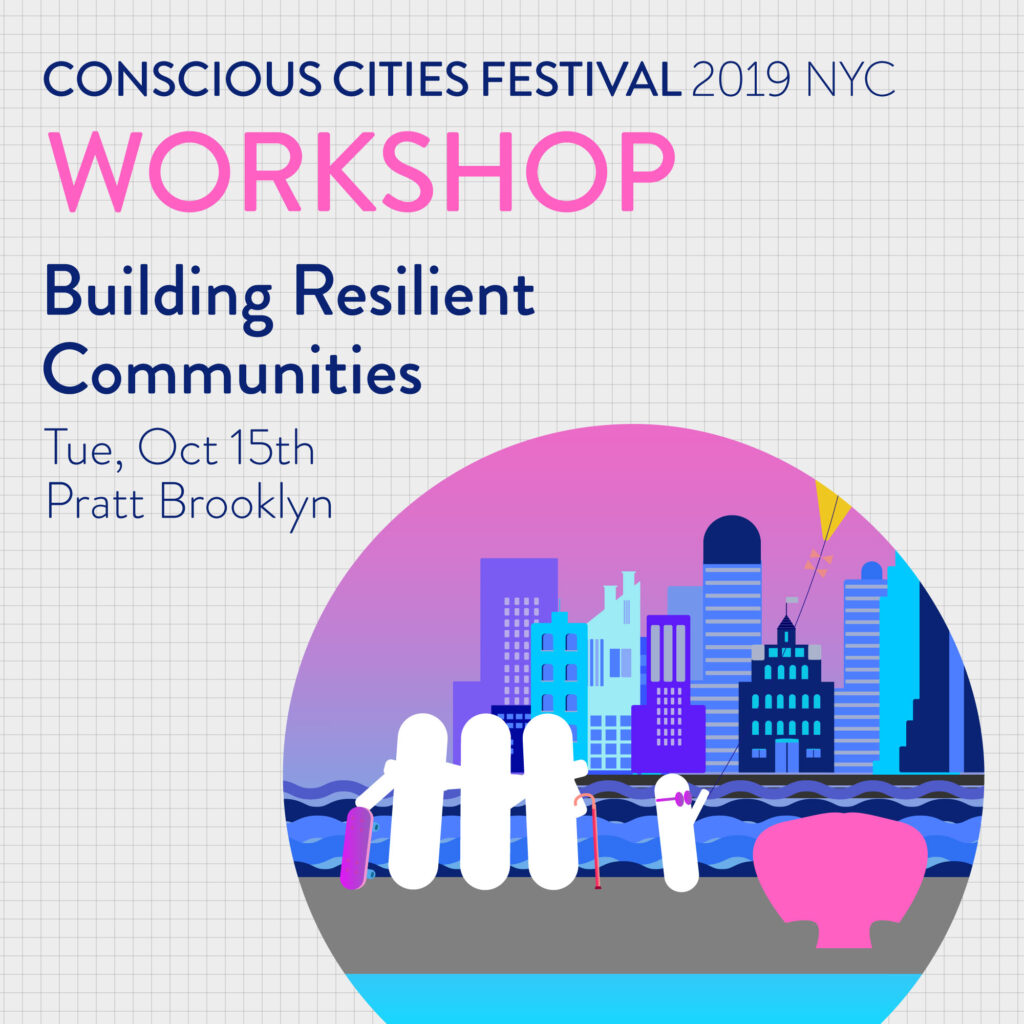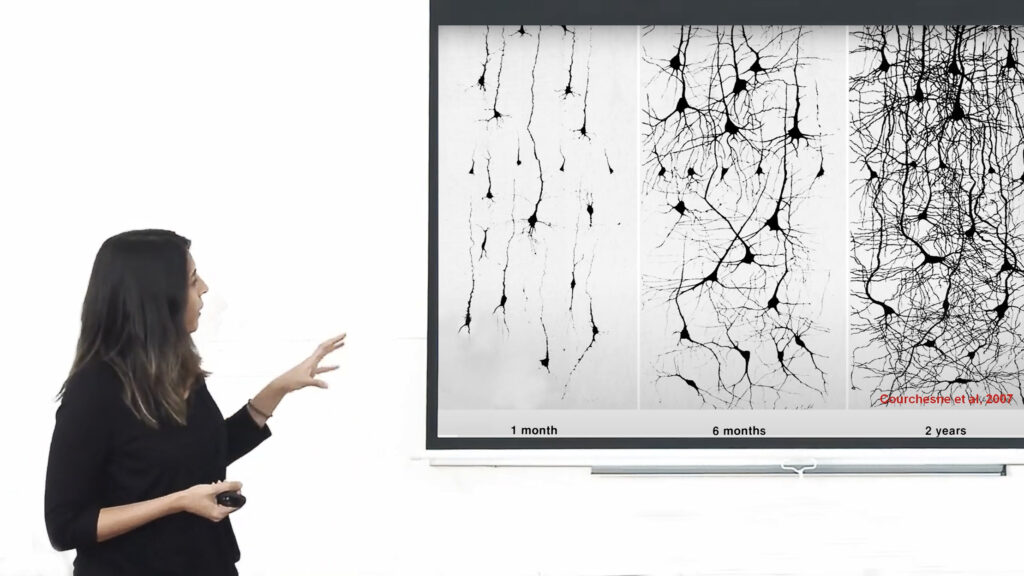The CCD’s Designing for Life Framework is made up of ten segments representing universal human needs. The interconnected nature of human needs means that the segments are to varying extents related and overlapping, but none more so than Health & Wellbeing – most representing the sum of all needs.
However, it is possible to look at Health & Wellbeing as a design goal in itself. This introduction is a point of departure for exploring the topic as well as articles and videos published by the CCD.

What are Health and Wellbeing?
Health and wellbeing refer to a holistic and complex set of influences that impact human life. Health is not just the absence of illness but includes an ecosystem of components such as mental, emotional, social, and physical health. Humans are able to thrive when these basic needs are satisfied. Both health and wellbeing are complex notions with their own scientific understanding and measurement tools. The concepts of health and wellbeing can be stretched beyond their relationship to human life to extend to other systems such as our physical environments, both architectural and urban.

Watch: Architects are Health Professionals Too

How are health and wellbeing understood in relation to the built environment?
Our understanding and experience of our world is a finely choreographed dance between our senses and the environments we inhabit. As humans, we spend the vast majority of our time indoors. These spaces have a big impact on our experience of the world. Well designed spaces can encourage healthier habits and decision making, while poorly designed spaces can deteriorate health and cause stress.
Planning for health has historically dealt with access to facilities for the treatment of illness. However, the built environment can play an influential role in measures that prevent ill health and disease. This involves designing with a greater understanding of how our surroundings shape our lifestyles, and to encourage healthy practices in our day-to-day environment.
All types of spaces and places can be designed to better support health and wellbeing. Well designed medical facilities can support the healing process, carefully considered educational facilities can nurture learning and development, and thoughtfully designed social spaces can encourage social interaction and connection. Poorly designed spaces can inhibit wayfinding, physical movement, and social interaction, while creating unnecessary stress. Light, temperature, air quality, and noise are just a few of the tangible considerations of how the built environment impacts health and wellbeing.
Read: Planning for ‘Well-beings’


Watch: Why Should the Built Environment be Seen as a Determinant of Mental Health?

How are health and wellbeing measured?
Health and wellbeing can be measured in multiple ways. Health is generally measured using objective criteria and measurement systems, while wellbeing often relies on the self-reported subjective experience of a person. Clinical and pathological measures of health can clearly delineate whether biological systems are healthy or diseased. These measures can range from simple diagnostics such as blood pressure, temperature, and a complete blood count to more advanced imaging studies and endoscopies.
Subjective measures of wellbeing such as the Quality of Life (QOL) scale can assess wellbeing across populations. Other qualitative measures can assess perceived stress, anxiety, comfort, and life satisfaction. Understanding and utilising the results of both quantitative and qualitative measurement tools can benefit the design of the built environment.
Read: Health, Wellness, and Experience in the Built Environment: From Green Buildings to Conscious Cities
Watch: The Science of Resilience

What are the cognitive and physiological underpinnings of health and wellbeing?
Neurological health, or a healthy brain supports cognitive processes such as learning, intuition, language, judgment, and memory. Since the brain is intimately connected to the health and experience of the human body, there are many physiological, social-emotional, and environmental factors that can impede or support these cognitive processes.
Our internal biological systems are complex and disregulation in these systems actively affects health. Some of these include disease, changes in hormones such as serotonin and cortisol, inflammatory markers, and even our microbiome composition.
Wellbeing is driven by both adequate neurological and physiological health but has additional determinants such as social, emotional, and environmental factors. In the salutogenic approach, wellbeing is not just the absence of disease but rather the presence of positive assets that support good health and wellbeing. Some of these assets include: connectedness, resilience, belonging, humour, learned optimism, attachment, and self-efficacy, among others.
Watch: Environment & the Human Brain

How can we design the built environment to support health and wellbeing?
There are many ways that the built environment can support health and wellbeing. Environments that promote stress reduction, physical movement, and social connection will support the basic human needs that encourage health and wellbeing. Architects and designers are encouraged to incorporate the goal of health and wellbeing early in the pre-design and programming phases so that each aspect of a project is informed and driven by the desire to support health and wellbeing.
Resilience is the ability of an organism to rebound from the inevitable challenging circumstances of life and is an important component of health and wellbeing. Our built environments, both architectural and urban can influence human resilience through the consideration of individual and communal needs, and how social connectedness can provide a crucial support network.
In addition to the overall design of the built environment, there are many products used by the construction industry that are known to contain toxins that are dangerous to human health. Avoiding or minimising the use of these products can have profound impacts on the health of the future inhabitants of buildings.
The Center for Conscious Design is dedicated to gathering interdisciplinary experts who are studying the most current research about how the built environment can support health and wellbeing. The articles, lectures, and workshops offered through the CCD repository are a great place to gather information to instigate the creation of science informed design.
Watch more relevant talks from these events
